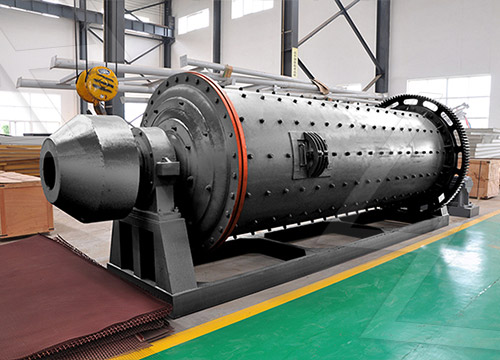Ball mills are essential components in the mining industry. They are used for the grinding and processing of minerals and other raw materials necessary for various industrial applications. This equipment is vital for mining operations since they break down ores into finer particles, allowing for the extraction of valuable minerals. In this article, we will delve into the workings of ball mills, their importance in mining processing, and the various factors that influence their efficiency.
A ball mill is a cylindrical device used to grind or mix materials like ores, chemicals, ceramic raw materials, and paints. It rotates around a horizontal axis, partially filled with the material to be ground, plus the grinding medium. Different materials are used as grinding media, including steel balls, ceramic balls, and more, depending on the specific application. The cylinder’s rotation creates centrifugal forces that raise the balls to a certain height, causing them to fall back onto the material, effectively grinding it into a fine powder.

The mining industry relies heavily on ball mills to process ores and minerals. The process begins with the crushing of these materials in a primary crusher, which reduces the size of the chunks even further. The crushed material is then fed into a ball mill, which operates in a closed circuit with a classifier. This classifier breaks the larger particles and returns the oversize material back to the mill for further grinding. The ground material, also known as slurry, is then mixed with water and transported to flotation cells or leaching tanks, depending on the specific mineral being processed.
The efficiency of ball mills in mining processing is influenced by various factors:
Mill Design and Operating Parameters: The design of the mill and its operating parameters greatly affect its efficiency. Factors such as mill size, speed, and liner configuration can impact the grinding process.
Grinding Media: The type, size, and quantity of grinding media significantly influence the grinding efficiency. Different materials and sizes of grinding media generate different impact and shear forces within the mill, affecting the particle size reduction.
Material Properties: The properties of the ore or material being processed, such as hardness, abrasiveness, and moisture content, influence the grinding process. Harder materials require more energy to grind.
Mill Loading: Properly loading the mill with the right amount of material and grinding media is crucial. Underloading leads to inefficient grinding, while overloading can cause the mill to run less efficiently and even damage the equipment.
Classification System: The efficiency of the classifier, which separates fine particles from coarse ones, impacts the overall grinding performance.
Lubrication and Maintenance: Regular maintenance and proper lubrication of the mill components are essential to ensure smooth operation and longevity.
Wear of Liners: The inner surface of the mill is lined with replaceable liners to protect it from wear. Monitoring the wear and replacing liners when needed helps maintain efficient operation.
Circuit Configuration: The arrangement of multiple ball mills in series or parallel, along with other equipment like hydrocyclones, can influence the overall efficiency of the grinding circuit.
